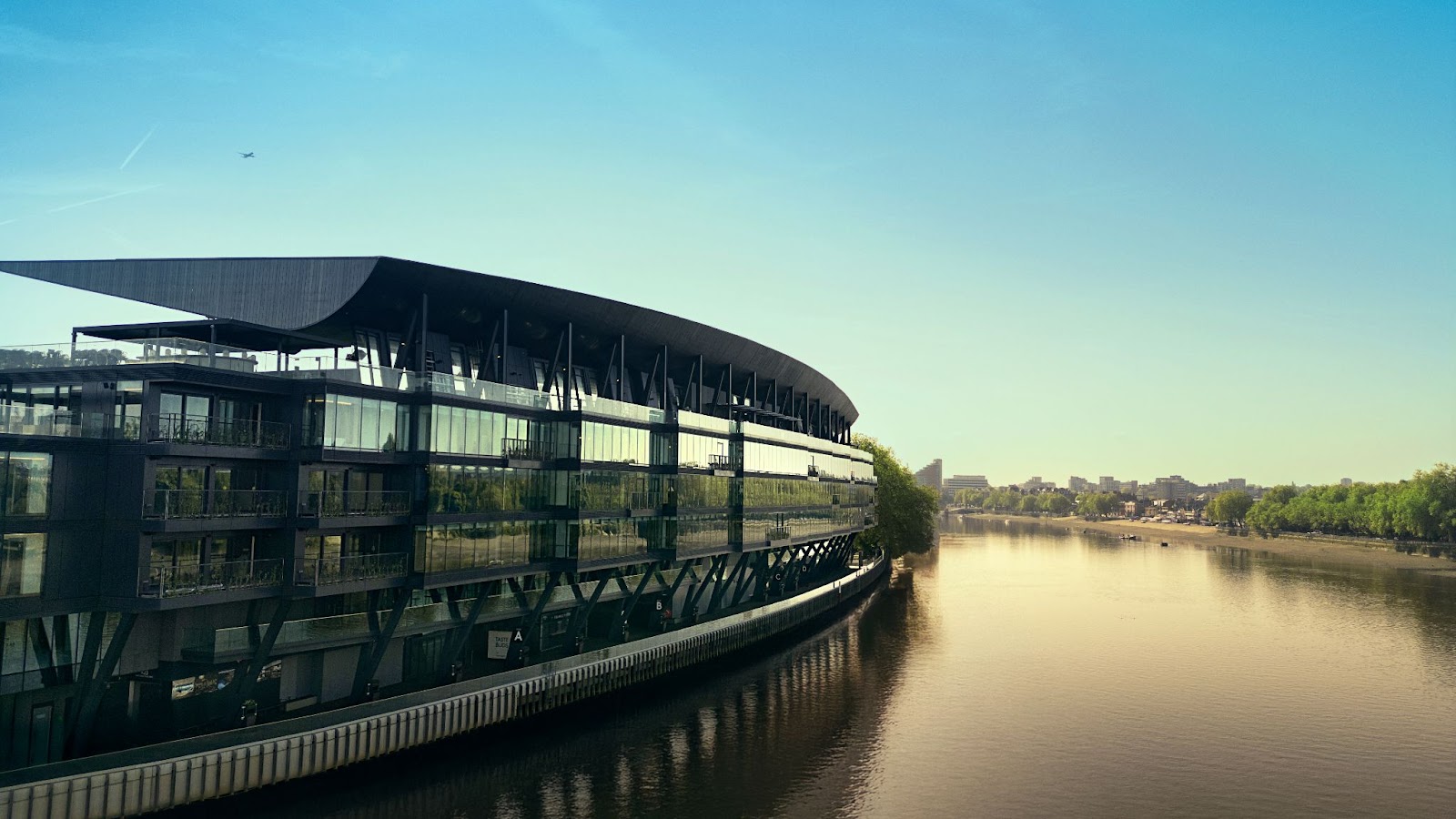A pair of artists’ studios by CAN has both brutalist and postmodern architectural inflections
Designed by Critical Architecture Network (CAN), a small studio for a sculptor and a printmaker stands on the site of a long-since demolished eighteenth-century wash-house on a small industrial mews in New Cross, south London.
The 53-square-metre building comprises two distinct volumes, representing the opposing scales of the work produced by both occupants – “the industrial and the domestic”, suggests the architect. A tile-clad volume houses the smaller working areas as well as the kitchen and bathroom. The larger volume contains the large working area. Though the external expression suggests two separate studios, internally the spaces are unified by a shared material palette.
“To maximise space with a limited budget the studio uses a combination of ‘off-the-shelf’ materials, and materials the clients had accumulated from their practice”, explains CAN director Mat Barnes. “CAN looked to use these materials in such a way that elevated them from the ordinary to the ornamental, a theme which CAN has been exploring through other recent projects such as ‘The Blockshop’ at the RIBA”.
A lightweight roof structure is formed from a mix of new and old scaffolding components, “which through its complexity becomes ornamental”, says Barnes. Galvanised services conduit sits on a muted concrete block to reduce visual distraction.
Within the studio, the bathroom ‘cube’ is tiled inside and out. The same tiles are used externally to clad the ‘domestic’ volume, where they are topped with red concrete copings. The adjacent ‘industrial’ shed is clad in steel panels and concrete blocks. A shared language of detail ties the two volumes together: an arched entrance door in antique pink, and a round window in the same hue represent the flashes of colour present in the artists’ work.
The front of the studio, facing the mews, can be completely shutdown for security, with all of the glazing facing onto a small courtyard garden at the rear.
The gabled forms take their cues from generic industrial sheds and the eighteenth-century wash-house, says the architect. The tiled gables are ornamented with a double crow step. The volumes are off-set to create an external working area at the rear which also brings south light into the kitchen through a set of double doors. Rooflights are arranged on the north-facing pitches to bring diffused light into the large space.



































